Historical Monuments of Mtskheta
Three early Christian religious sites central to the development of Christianity and religious architecture in the region.

Three early Christian religious sites central to the development of Christianity and religious architecture in the region.
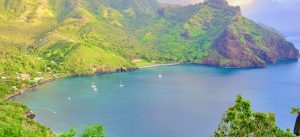
A remote group of Polynesian islands with wonderfully diverse and unique ecosystems on land and in the sea.

A former island, now land-locked, that illustrates the battle that the people of the Netherlands have fought against the sea over many centuries.
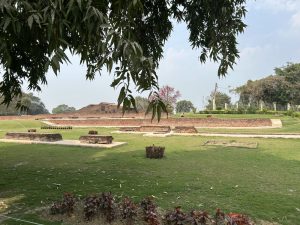
Ruins of the oldest center of learning in India, which lasted for 800 years.
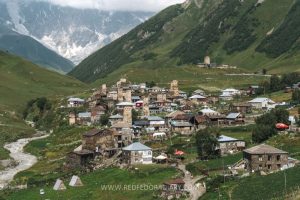
A picturesque and long-isolated region known for its well-preserved medieval villages with their stone tower houses.
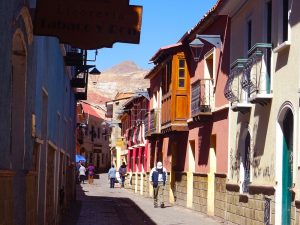
A major Spanish-colonial-era silver mine and city where the whole production chain and the social context are still visible.
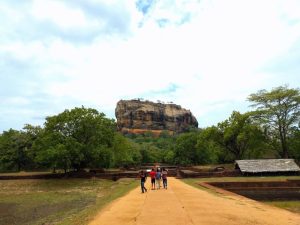
Ruins of a 5th-century city and palace on a dramatic rock outcropping.
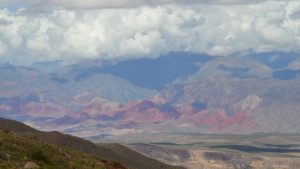
A valley famous for its colorful mountains that was an important Inca trade route for centuries.
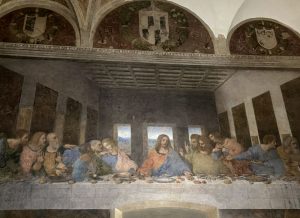
A church complex that is home to The Last Supper, a 15th-century fresco by Leonardo da Vinci.
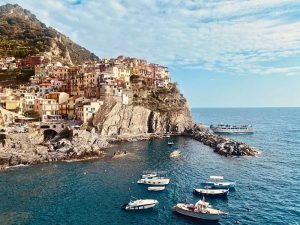
A beautiful region along the Ligurian coast where, over centuries, people adapted to and changed the dramatic natural landscape.
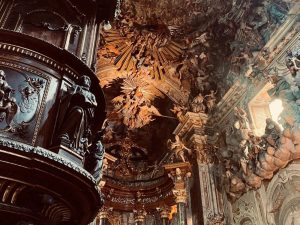
Nine mountains, each one a pilgrimage destination containing a series of richly-decorated Medieval or early-Renaissance chapels.
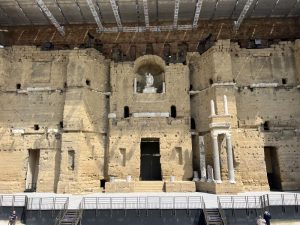
A well-preserved 1st-century Roman theater and a triumphal arch nearby with unique bas-relief images.
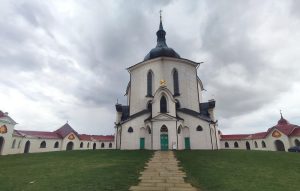
An unusual 18th-century church that combines Baroque and Gothic styles with symbolism around the number 5.
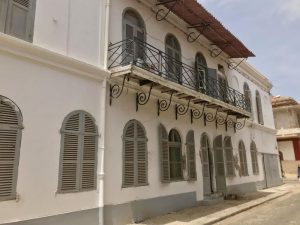
An important trade city under French colonial rule, still containing typical colonial architecture.
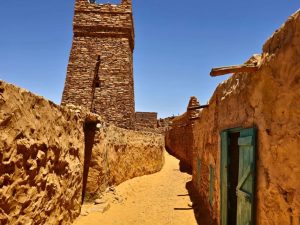
Fortified towns from the 12th-13th centuries that were key trading posts along the Saharan caravan routes and became important religious centers.
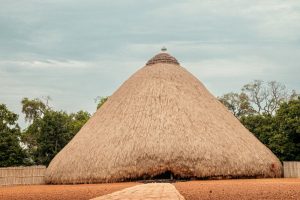
A tomb of kings, special in terms of architecture and as a place of great historical, spiritual and cultural significance for the Baganda people.
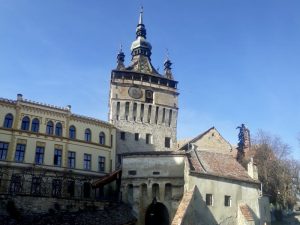
An intact fortified medieval town built by Transylvanian Saxons.
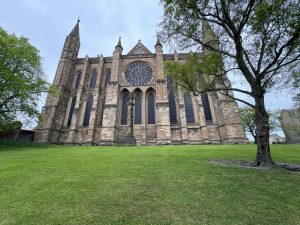
An innovative cathedral with architecture that foreshadowed Gothic, and the 11th-century Norman castle that guarded it and the northern frontier.
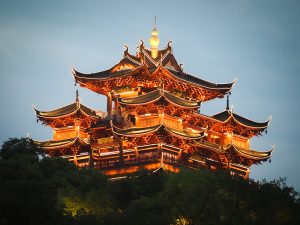
An ancient landscaped environment based on Buddhist principles in garden design that have been influential for over a thousand years.
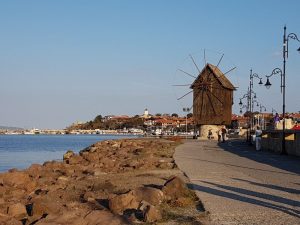
An ancient city on a peninsula containing architecture from many eras, including unique Bulgarian Renaissance elements.

A mountain on whose peak stands the tomb of King Antiochus I, an imposing artistic achievement of the Hellenistic period.

An island whose inhabitants adapted their settlements to the natural conditions, and where different cultures coexisted peacefully.
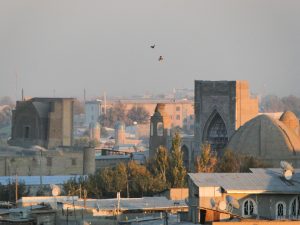
A Silk Road city with historic architecture dating to the 10th and 11th centuries, important particularly for its urban planning.
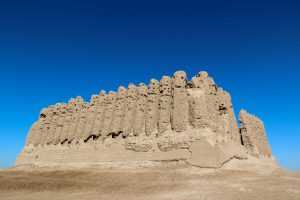
A Silk Road city 4,000 years old, with remains of five walled cities from different eras.

One of the Five Great Mountains and an important place of worship, known for its Taoist temples.
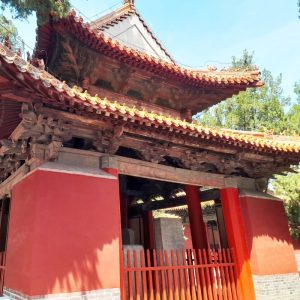
An architectural collection in the hometown of Confucius, who was hugely influential in the history of China and many other countries.

A historic city and charming old city with architecture and urban planning that show an array of cultural influences spanning centuries.
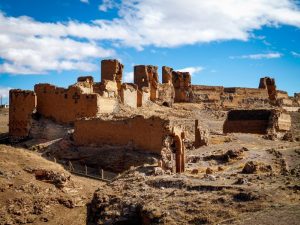
The extensive ruins – palaces, churches, mosques, fortifications, and homes – of an important trading city on the medieval Silk Road, where diverse cultures and architectural traditions met and blended.

Seven religious monuments that represent the unique Nepalese culture, mixing Hinduism and Buddhism with animism and Tantrism.

A 16th-18th-century colonial capital where European, African and Indigenous cultural influences have blended and echo to the present day.
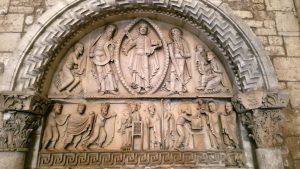
Seventy-eight locations along four medieval pilgrimage routes leading to the Santiago de Compostela in Spain.
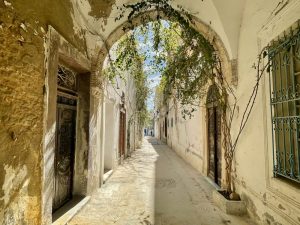
The ancient center of Tunis, with about 700 monuments dating to the 12th-16th century: mosques, gates, markets, palaces, noble houses, and more.

The 12-century capital of Sri Lanka built by the Chola rulers and containing the ruins of spectacular Buddhist monuments.
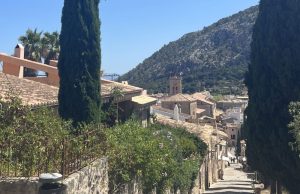
A mountainous region of Mallorca with ancient systems of water harvesting, terraces and villages that have supported agriculture for centuries.
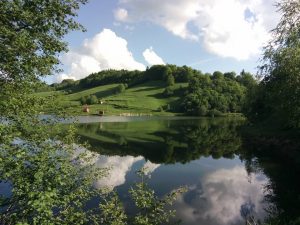
A hilly region with 16 villages and what remains of a huge Roman-era gold mining operation.

A group of Medieval buildings in Spain that exemplify a fusion of Islamic and Christian architectural and artistic traditions.